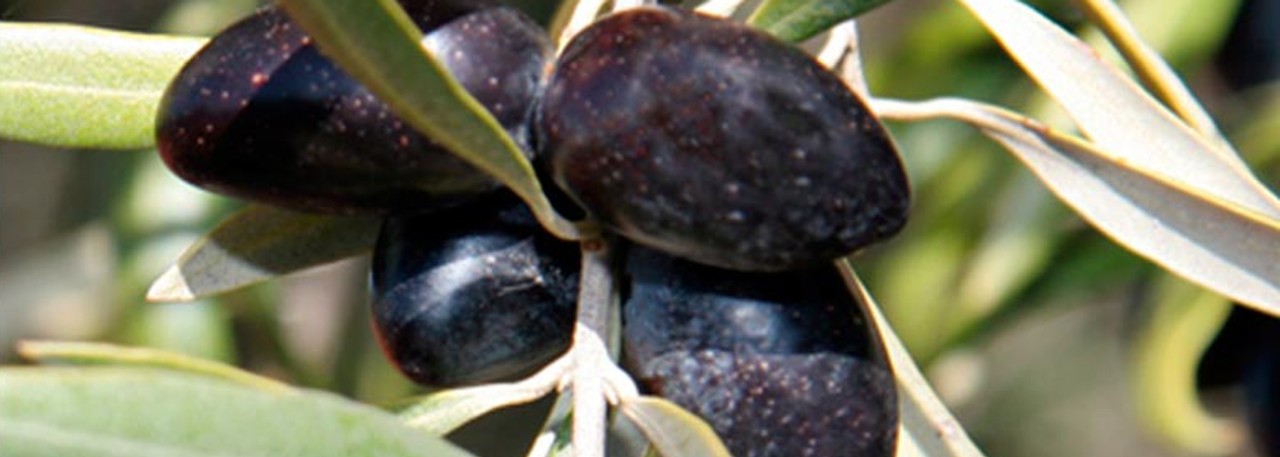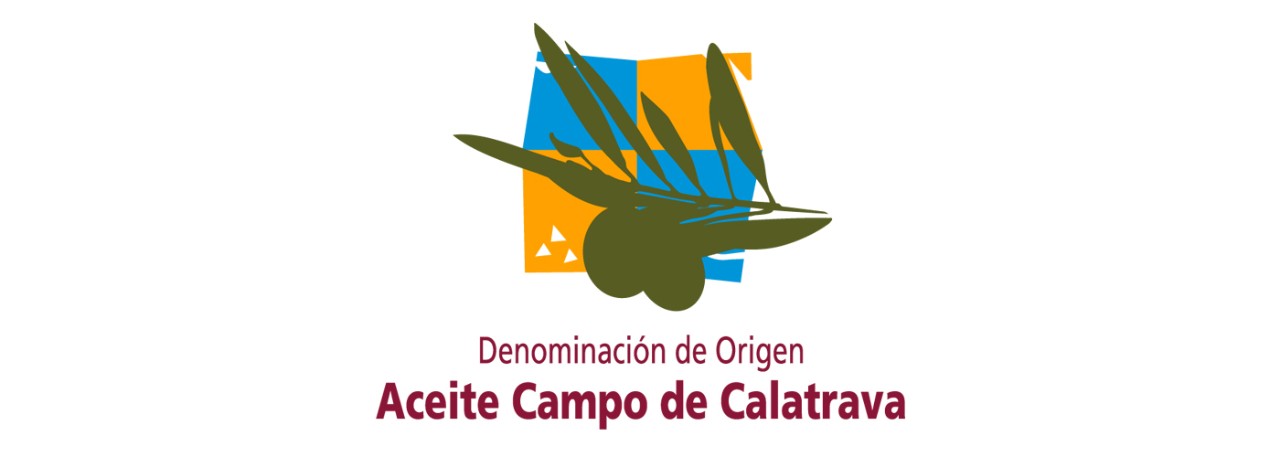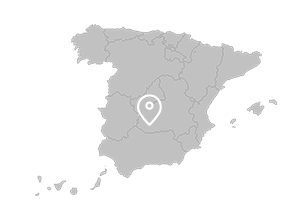.png.transform/rendition-xs/image_image%20(1).png)
Aceite Campo de Calatrava PDO
Extra virgin olive oil obtained from the Cornicabra and Picual varieties of olive tree fruit (Olea Europea L) by mechanical procedures or by other physical methods that do not tamper with the oil, preserving the flavor, aroma and characteristic features of the original fruit.
Tasting notes
The color of the oil varies according to the year and harvesting times, ranging from intense greens to yellow-greens. From a sensory point of view, the oils express the contribution of each of the varieties included, giving sensory profiles with a complex and intense fruitiness (olive greens, apple greens and other fresh fruit). The bitterness and spiciness are clearly discernible and well-balanced in the mouth, owing to their high content of polyphenols.
Other notes
- Acidity: not exceeding 0.5º
- Peroxide index: below 15
- Moisture content and impurities: below 0.1%
Production / Processing method
The olive trees are planted in medium-depth alkaline soil. Growers begin work towards the middle of winter, and pruning starts in mid-February.
From March onwards, the soil is worked to break up the outer crust and remove weeds; the process is repeated several times until November.
In spring and autumn preventive treatments are applied for flies, olive moth and peacock spots fungus. These treatments are sometimes accompanied by a dose of leaf feed, either with microelements or nitrogenated.
Harvesting is done directly from the tree using the methods of beating with poles, hand picking or vibration are used. Only olives harvested from the trees and not from the ground can be used for the DO, which means that they must be separated in the field.
The transport system used is always in bulk, in boxes, in trailers or in limited capacity rigid containers in order to prevent the fruit being damaged or spoiled.
Temporary storage before processing is not allowed.
On arrival at the oil mill, the yards must have systems in place to ensure that olives obtained from the ground and straight from the tree are unloaded separately, preventing qualities from getting mixed up and enabling each one to be processed separately.
The fruit is processed during the 24 hours immediately after harvesting. Beating times are kept to under 90 minutes, with no more than one beating cycle permitted. The beating temperature must not exceed 30º C / 86º F measured at the most unfavorable point. The temperature of the water and oil mix in the centrifuge must be lower than 35º C / 95º F. Oil mills must have a system for cleaning the beating machines on a regular basis.
The PDO oil must be stored indoors in properly labeled stainless steel tanks, containers or tanks lined with epoxy resin or fiberglass through which light cannot pass. Outside storage is not allowed. All storage tanks must be covered.
Cellars and tanks must be air-conditioned to ensure that the temperature of the oil inside does not exceed 25º C / 77º F under any circumstances.
To preserve the product's distinctive features in all stages of the production process, packaging must take place in the defined geographical area. This enables the Designation of Origin control bodies to oversee the complete production cycle.
Geography / Relief and climate
Campo de Calatrava is situated in the southern part of the central plateau of the Iberian peninsula with average altitudes of more than 600 m / 1,968 ft. Its latitudinal position, on the southern part of the plateau and in the interior of the region, means that Campo de Calatrava is well away from the Atlantic weather systems but not as isolated as some more westerly areas.
The frequent occurrence of high pressures, in addition to the effects of a continental location, have a decisive influence, with very low temperatures in winter and very high temperatures in summer. Precipitation is not especially abundant due to the area's marginal position relative to the area through which fronts and depressions pass from the southwest or the Strait of Gibraltar, and it is these that generate most rainfall. In Campo de Calatrava, rainfall does not generally reach 500 mm.
The soil is alkaline and of medium depth.
Volcanic matter is a defining feature of the landscape in the PDO region, with many features that give the area its geomorphological character.
Regulatory Council
Consejo Regulador de la DOP Aceite Campo de Calatrava
C/ Ramón y Cajal, 12
13260 Bolaños de Calatrava (Ciudad Real)
Castilla-La Mancha
Tel: (+34) 926 693 099
info@aceitecampodecalatrava.com
www.aceitecampodecalatrava.com
Sources:
- Spanish Ministry of Agriculture
On arrival at the oil mill, olives are processed during the 24 hours immediately after harvesting.


- Campo de Calatrava 1
- Campo de Calatrava 2

Bolaños de Calatrava (Castile-La Mancha)
